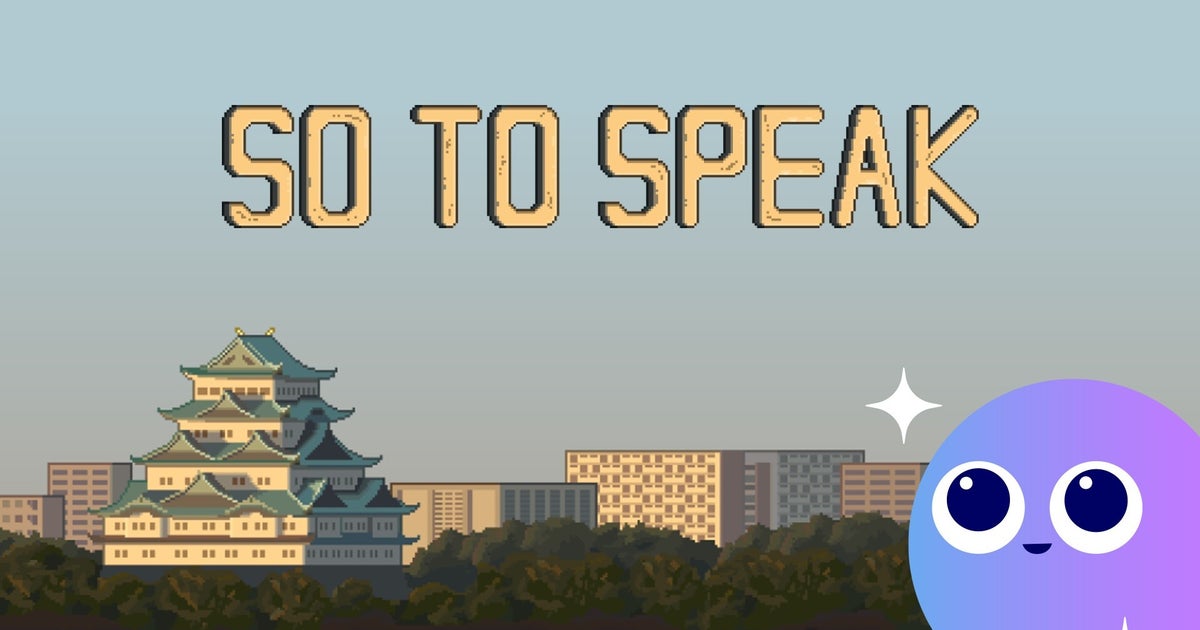About eight months ago, I impulsively decided I wanted to learn Japanese. To be honest, it wasn’t something that had ever occurred to me as either beneficial or indeed especially possible for me before; but because modern life does have its upsides sometimes, I was able to act on this whim so fast that, before it had the chance to pass, I was stuck into my first-ever Japanese lesson, courtesy of Duolingo.
Fast forward 237 days and the green bird has yet to find occasion to chastise me for skipping a day, and although I’m hardly fluent — and would undoubtedly be flustered out of any proficiency I possess if an actual Japanese person actually attempted to speak to me in actual Japanese — I’ve made some definite progress. I can slowly sound out the video titles on the Japanese Pokémon YouTube channel and understand all the Japanese equivalents to “BLAM” and “POW” when I read manga, that sort of thing.
Duolingo is decently gamified already as far as language learning apps go, but naturally I was very excited when I first heard of So to Speak: an indie puzzle game coming soon to Steam and Itch.io, which aims to teach English speakers the basics of Japanese vocabulary by having them navigate their way around a charming pixel-art Japanese town. At least in my experience, as someone who loved their gaming hobby so much they made it their job, you can never have too much gamification.
Playing the demo of So to Speak that’s featured as part of this month’s Steam Next Fest, I wasn’t expecting it to hit me in the nostalgia quite so hard as it did. As a child of the ’90s, some of my first video games were simple early learning DOS programs on a second-hand IBM PC my family acquired when I was very little, and So to Speak recreates the feel of those sadly-forgotten retro edutainments down to the ground. Even the tone the game uses to address the player is perfect.
You see, So to Speak has a simple core teaching tool in play: you click on a character or object in the world and drag-and-drop the appropriate matching words or short phrases in English, romaji, and kanji/kana. Quite often there’ll be a pixel-art Japanese child pointing at, say, a cat while declaring “neko desu!”, leaving you to tease out the conclusion and feed your understanding back to the game in order to progress. You know that this excitable stand-in for the player in that moment is a child, because they’re invariably accompanied by a taller pixel-art person, implicitly their responsible adult.

I find all of this incredibly appropriate, because I reckon that right now I must have around the same language ability as a Japanese infant — albeit one who’s precociously pedantic about the layouts of train stations — and I appreciate that So to Speak doesn’t try to stroke my ego by suggesting otherwise. Instead, it stands quietly by my side as a reassuringly grown-up presence, keeping an unobtrusive eye on me — but always ready to lend a guiding hand, in the form of a toggle-able dictionary containing every word I’ve learned so far — while I get excited about correctly identifying a car park sign.
I suspect that So to Speak is not going to turn me into a master of my chosen second language any more than Duolingo is, but it ticks a bunch of boxes: pleasant pixel-art style tied in with an obvious understanding of its roots in niche retro educational games? Check. Fun puzzles that are in no way reliant on out-of-game knowledge to solve? Check. Tangible advancements in my Japanese vocabulary even after playing the half-hour demo? Surprisingly, yes, check to even that — I can say “tree” now. Your move, Duo.
Check out the other featured games in VG247, RockPaperShotgun, and Eurogamer’s Wishlisted event at the hub page – including a nice, meaty video that shows you why we’re so into the collected games.
Check out So to Speak – and play the demo for yourself – on Steam.

